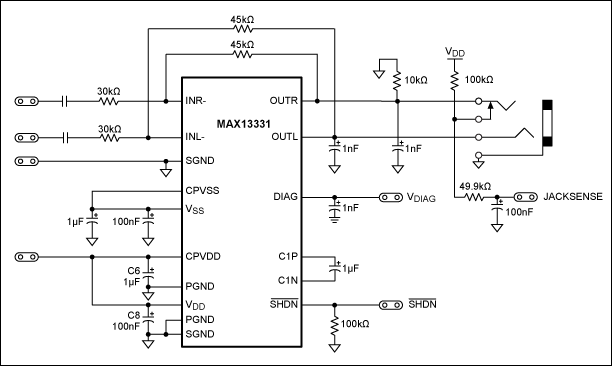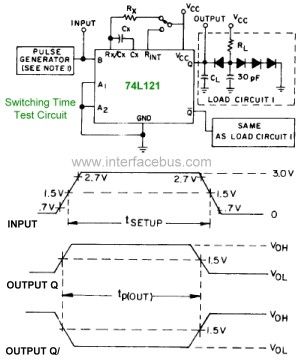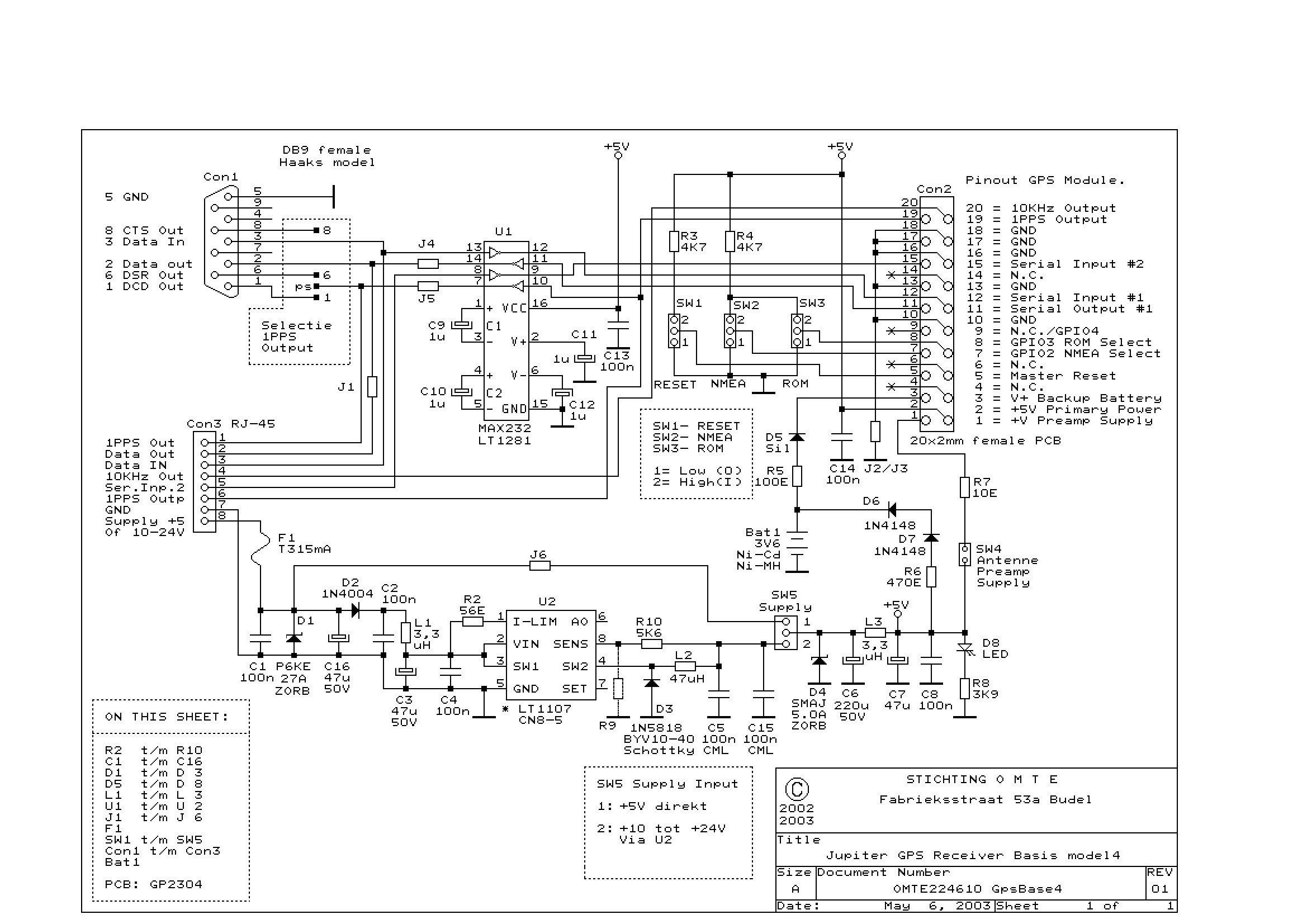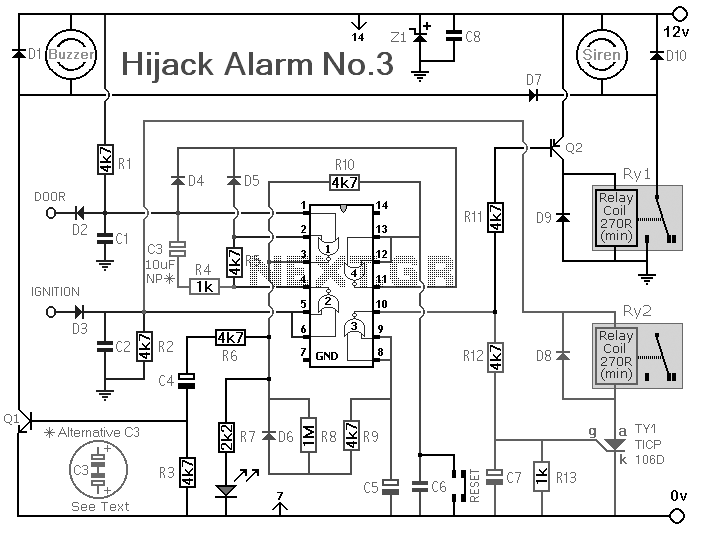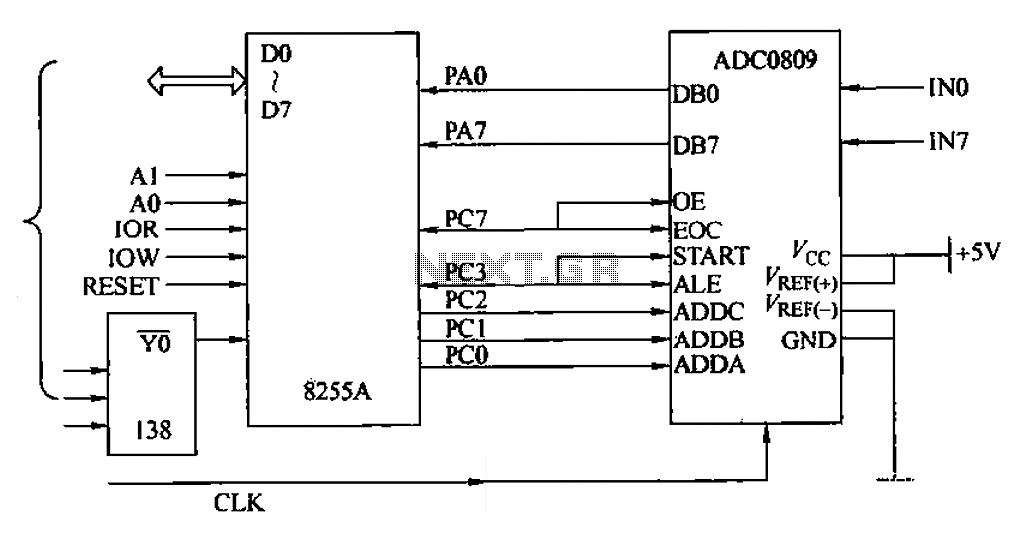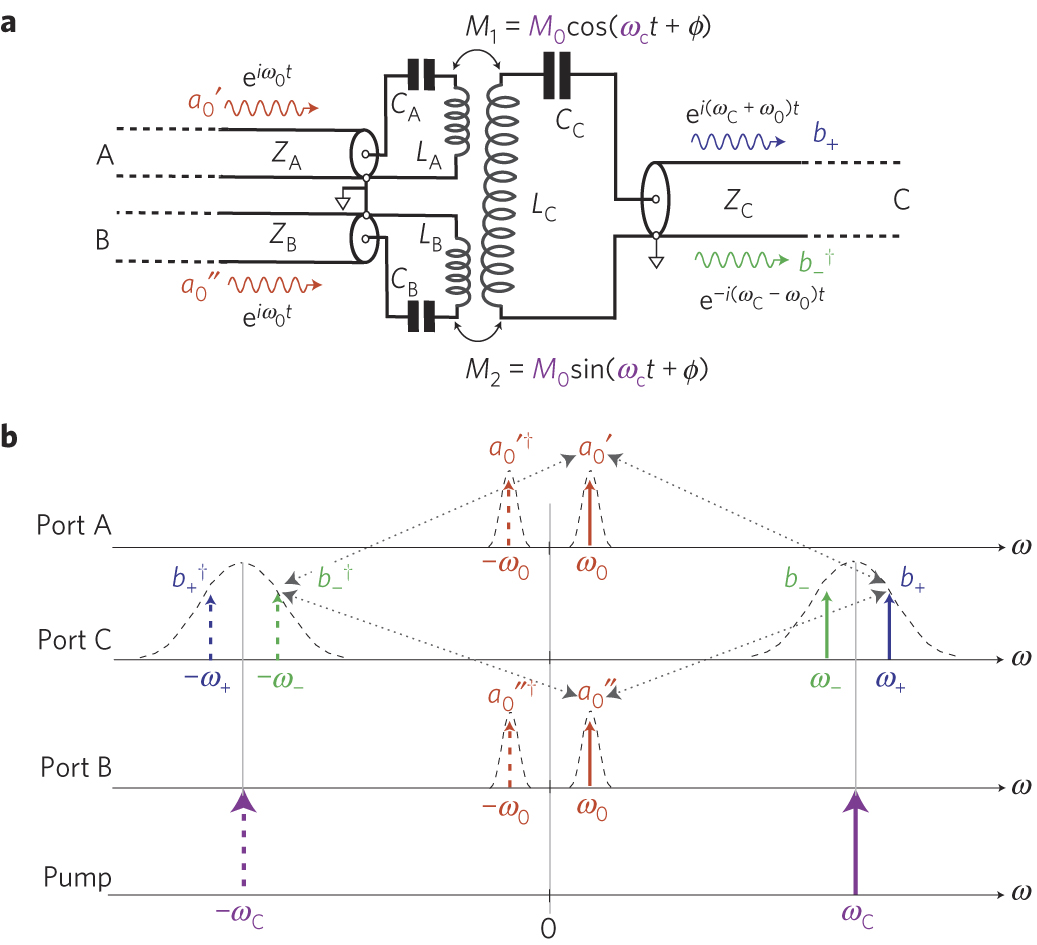
Automotive Buses and Vehicle Bus Description
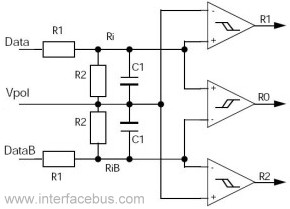
The physical interface bus can be either fiber (optical) or wire (electrical). The distinction lies in the fact that the electrical interface is defined just before the optical encoder. Therefore, the physical interface bus between devices is optical (fiber), while the specification also defines the physical (electrical) interface into the optical transmitter/receiver, which is not typically addressed outside of automotive buses. It is evident that, regardless of the manufacturer, new vehicles will utilize LIN for the lowest data-rate functions, CAN for medium speed, MOST for high-speed data rates, and FlexRay for safety-critical applications such as steer-by-wire and brake-by-wire. The MOST bus (Media Oriented Systems Transport) defines a multimedia fiber-optic network with low overhead and low cost, implemented in a ring, star, or daisy-chain topology over plastic optical fibers (POF). The MOST bus specifications outline the physical (electrical and optical parameters) layer, as well as the application layer, network layer, and medium access control. The SAE J1850 bus is utilized for diagnostics and data sharing in on-road and off-road vehicles. The J1850 interface has two forms: a 41.6 Kbps pulse width modulated (PWM) two-wire differential approach, or a 10.4 Kbps variable pulse width (VPW) single-wire approach, with the latter capable of a bus length up to 35 meters (with 32 nodes). Developed in 1994, the J1850 protocol may be phased out for new designs and is classified as a class B protocol, utilizing CSMA/CR arbitration. The frame consists of a Start Of Frame (SOF) signal that is high for 200 microseconds, followed by a one-byte header. The MI bus is used to control mirrors, seats, window lifts, or headlight levelers. The master device sends address and data (the push field) to all slaves on the bus, which includes a start bit (low for three bit times), a synchronization bit (bi-phase encoded 0), a data field (5 bits bi-phase encoded), and an address field (3 bits bi-phase encoded). The pull field contains a synchronization bit (bi-phase encoded 1), a data field (3 bits encoded NRZ), and an end of frame field (approximately three cycles of a 20 KHz square wave). The BST bus is a two-wire bus utilizing Manchester encoding with either parity or CRC for error correction and detection, capable of running at a maximum speed of 250 Kbps. Byteflight is employed for safety-critical applications in motor vehicles (such as airbags) and operates as a TDMA (Time Division Multiple Access) protocol at 10 Mbps over two-wire or three-wire plastic optical fibers (POF) in bus, star, or cluster configurations, providing an information update rate of 250 microseconds. Byteflight is based on a message-oriented transmission process with master/slave media access, where all messages are accessible to all bus subscribers simultaneously. The frame consists of a six-bit message start sequence, an eight-bit message identifier (ID), one length byte (LEN), and up to 12 data bytes transmitted in the data field (D0 to D11). The IDB-C was the first of a family of in-vehicle serial communication protocol networks, defined in the SAE J2366 - ITS Data Bus series of specifications. The IDB protocol stack comprises four layers: J2366-1 (Physical Layer), J2366-2 (Link Layer), J2366-4 (Thin Transport Layer), and J2366-7 (Application Message Layer). The Inter Equipment Bus (IEBus) serves as an in-vehicle bus support system using half-duplex asynchronous multi-master communication with CSMA.
The physical interface bus is crucial in automotive applications, enabling communication between various electronic control units (ECUs) and devices. The choice between optical and electrical interfaces affects the design, performance, and reliability of the communication system. Optical interfaces, such as those used in MOST, provide advantages in terms of bandwidth and immunity to electromagnetic interference, making them suitable for high-speed multimedia applications. Conversely, electrical interfaces like the J1850 and LIN are more cost-effective and simpler to implement for lower-speed functions.
The integration of multiple communication protocols within a vehicle allows for efficient data management and control. For instance, the use of LIN for low data-rate functions ensures that essential operations like door locking and window control remain responsive without overwhelming the bus with unnecessary data traffic. Meanwhile, CAN and FlexRay cater to safety-critical applications, ensuring that high-priority messages are transmitted reliably and promptly, which is vital for functions such as steering and braking.
In addition to these protocols, the use of advanced error detection and correction methods, such as CRC and parity bits, enhances the reliability of data transmission across the bus systems. The implementation of TDMA in Byteflight further optimizes the use of bandwidth, allowing for precise timing and synchronization in safety-critical applications.
Overall, the evolution of automotive communication protocols reflects the growing complexity and demands of modern vehicles, necessitating a robust and flexible approach to in-vehicle networking. The ongoing development of these technologies will continue to shape the future of automotive design and functionality, ensuring that vehicles remain safe, efficient, and connected.The Physical interface bus being either fiber [Optical] or wire [electrical]. The difference here, in some cases, is that the electrical interface being defined resides just prior to the optical encoder. So the Physical interface bus from device to device is optical [fiber], but the specification also defines the Physical [electrical] interface into the optical transmitter/receiver [which is not normally done outside of
Automotive buses]. Also:. "It is becoming clear that regardless of carmaker, new vehicles will be made using LIN for the lowest data-rate functions, CAN for medium speed, MOST for the high-speed data rates and FlexRay, for safety-critical applications such as steer- and brake-by-wire. " from Automotive Industries. MOST bus : [Media Oriented Systems Transport], defines a multimedia fiber-optic (low overhead, low cost) point-to-point network implemented in a ring, star or daisy-chain topology over Plastic optical fibers [POF].
The MOST bus specifications define the Physical [Electrical and Optical parameters] Layer as well as the Application Layer, Network Layer, and Medium Access Control. The SAE J1850 bus is used for diagnostics and data sharing applications in On and Off road vehicles. The J1850 interface takes two forms; A 41. 6Kbps Pulse Width Modulated (PWM) two wire differential approach, or a 10. 4Kbps Variable Pulse Width (VPW) single wire approach. The single wire approach may have a bus length up to 35 meters (with 32 nodes). The J1850 interface was developed in 1994, J1850 may be phased out for new designs. The J1850 is a class B protocol. The J1850 protocol uses CSMA/CR arbitration. The frame consists of a Start Of Frame [SOF], which is high for 200uS. The Header byte follows the SOF and is one byte long. The MI bus may applied to drive Mirrors, Seats, Window lifts or Head light levellers. The Master sends address and data [the Push Field] to all slaves on the bus. The Push field contains a Start bit [low for 3 bit times], a synchronization bit [bi-phase encoded 0], a data field [5 bits bi-phase encoded], and an address field [3 bits bi-phase encoded].
The Pull field contains a synchronization bit [bi-phase encoded 1], the data field [3 bits encoded NRZ], and a End of frame field [~ 3 cycles of a 20KHz square wave]. The BST bus is a 2-wire bus using Manchester encoding and either Parity or CRC for error correction and detection.
The BST bus runs up to a maximum of 250Kbps. byteflight is used for safety-critical applications in motor vehicles [air-bags]. Byteflight is a TDMA [Time Division Multiple Access] protocol that runs at 10Mbps over [2-WIRE or 3-WIRE] Plastic optical fibers [POF] in a bus, Star or Cluster configuration which provides an information update rate of 250uS. Byteflight is based on a message-oriented transmission process, with Master/Slave media access [all messages are made available to all bus subscribers at the same time].
The frame consists of a 6-bit Message Start sequence, an 8-bit message identifier [ID], one length byte [LEN], up to 12 data bytes can be transmitted in the following data field [D0 to D11]. "IDB-C was the first of a family of in-vehicle serial communication protocol networks. IDB-C is defined in the SAE J2366 - ITS Data Bus series of specifications. There are four layers of the IDB protocol stack; J2366-1, Physical Layer, J2366-2, Link Layer, J2366-4, Thin Transport Layer, J2366-7, Application Message Layer.
Inter Equipment Bus [IEBus] is used as an In-vehicle bus support using half duplex asynchronous [Multi-Master] communication with CSMA 🔗 External reference
The physical interface bus is crucial in automotive applications, enabling communication between various electronic control units (ECUs) and devices. The choice between optical and electrical interfaces affects the design, performance, and reliability of the communication system. Optical interfaces, such as those used in MOST, provide advantages in terms of bandwidth and immunity to electromagnetic interference, making them suitable for high-speed multimedia applications. Conversely, electrical interfaces like the J1850 and LIN are more cost-effective and simpler to implement for lower-speed functions.
The integration of multiple communication protocols within a vehicle allows for efficient data management and control. For instance, the use of LIN for low data-rate functions ensures that essential operations like door locking and window control remain responsive without overwhelming the bus with unnecessary data traffic. Meanwhile, CAN and FlexRay cater to safety-critical applications, ensuring that high-priority messages are transmitted reliably and promptly, which is vital for functions such as steering and braking.
In addition to these protocols, the use of advanced error detection and correction methods, such as CRC and parity bits, enhances the reliability of data transmission across the bus systems. The implementation of TDMA in Byteflight further optimizes the use of bandwidth, allowing for precise timing and synchronization in safety-critical applications.
Overall, the evolution of automotive communication protocols reflects the growing complexity and demands of modern vehicles, necessitating a robust and flexible approach to in-vehicle networking. The ongoing development of these technologies will continue to shape the future of automotive design and functionality, ensuring that vehicles remain safe, efficient, and connected.The Physical interface bus being either fiber [Optical] or wire [electrical]. The difference here, in some cases, is that the electrical interface being defined resides just prior to the optical encoder. So the Physical interface bus from device to device is optical [fiber], but the specification also defines the Physical [electrical] interface into the optical transmitter/receiver [which is not normally done outside of
Automotive buses]. Also:. "It is becoming clear that regardless of carmaker, new vehicles will be made using LIN for the lowest data-rate functions, CAN for medium speed, MOST for the high-speed data rates and FlexRay, for safety-critical applications such as steer- and brake-by-wire. " from Automotive Industries. MOST bus : [Media Oriented Systems Transport], defines a multimedia fiber-optic (low overhead, low cost) point-to-point network implemented in a ring, star or daisy-chain topology over Plastic optical fibers [POF].
The MOST bus specifications define the Physical [Electrical and Optical parameters] Layer as well as the Application Layer, Network Layer, and Medium Access Control. The SAE J1850 bus is used for diagnostics and data sharing applications in On and Off road vehicles. The J1850 interface takes two forms; A 41. 6Kbps Pulse Width Modulated (PWM) two wire differential approach, or a 10. 4Kbps Variable Pulse Width (VPW) single wire approach. The single wire approach may have a bus length up to 35 meters (with 32 nodes). The J1850 interface was developed in 1994, J1850 may be phased out for new designs. The J1850 is a class B protocol. The J1850 protocol uses CSMA/CR arbitration. The frame consists of a Start Of Frame [SOF], which is high for 200uS. The Header byte follows the SOF and is one byte long. The MI bus may applied to drive Mirrors, Seats, Window lifts or Head light levellers. The Master sends address and data [the Push Field] to all slaves on the bus. The Push field contains a Start bit [low for 3 bit times], a synchronization bit [bi-phase encoded 0], a data field [5 bits bi-phase encoded], and an address field [3 bits bi-phase encoded].
The Pull field contains a synchronization bit [bi-phase encoded 1], the data field [3 bits encoded NRZ], and a End of frame field [~ 3 cycles of a 20KHz square wave]. The BST bus is a 2-wire bus using Manchester encoding and either Parity or CRC for error correction and detection.
The BST bus runs up to a maximum of 250Kbps. byteflight is used for safety-critical applications in motor vehicles [air-bags]. Byteflight is a TDMA [Time Division Multiple Access] protocol that runs at 10Mbps over [2-WIRE or 3-WIRE] Plastic optical fibers [POF] in a bus, Star or Cluster configuration which provides an information update rate of 250uS. Byteflight is based on a message-oriented transmission process, with Master/Slave media access [all messages are made available to all bus subscribers at the same time].
The frame consists of a 6-bit Message Start sequence, an 8-bit message identifier [ID], one length byte [LEN], up to 12 data bytes can be transmitted in the following data field [D0 to D11]. "IDB-C was the first of a family of in-vehicle serial communication protocol networks. IDB-C is defined in the SAE J2366 - ITS Data Bus series of specifications. There are four layers of the IDB protocol stack; J2366-1, Physical Layer, J2366-2, Link Layer, J2366-4, Thin Transport Layer, J2366-7, Application Message Layer.
Inter Equipment Bus [IEBus] is used as an In-vehicle bus support using half duplex asynchronous [Multi-Master] communication with CSMA 🔗 External reference
Warning: include(partials/cookie-banner.php): Failed to open stream: Permission denied in /var/www/html/nextgr/view-circuit.php on line 713
Warning: include(): Failed opening 'partials/cookie-banner.php' for inclusion (include_path='.:/usr/share/php') in /var/www/html/nextgr/view-circuit.php on line 713
